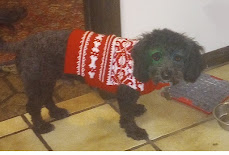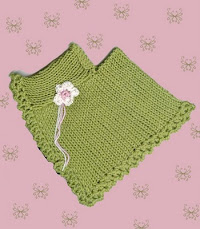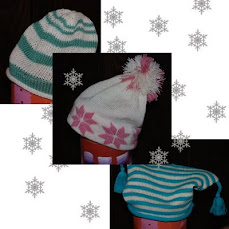I thought I would share with you my latest "quicky"/"quirky" knit. Hope you can use.
Knitted
Covers for Wooden Hangers
I decided to
take a tip from friend Donna V and make covered hangers. She does a lot of
craft fairs and when she knits a beautiful shawl, she makes a matching padded
hanger for display and to go along with it.
Hers are no doubt more elegant than mine.
This is a
long explanation for a quick and easy project.
What you
need:
1. Wooden hangers (without the bar for
pants) are preferred. I have also sawed
off the bar if it’s wooden, discarded the bar and used the hangers that way too.
(The coverings prevent any rawness to show or be felt.)
2. I have purchased many wooden hangers from a local thrift
store for 10 to 25 cents each. You might
be able to find them cheaper. Also had some in my own closets. The only ones that I couldn’t seem to saw off
had an extra metal bar that resisted my attempts to remove it. Some of the ones I have purchased were almost
rusty on the hook so I had to sand them.
You can also use heavy duty
plastic hangers, but they are less desirable because they break. And then your efforts are wasted.
3. Fabric scraps, any color, preferably cotton so no
insect critters are attracted. I ripped
or cut the scraps into 1 ½ to 3” strips, any length. You can also use leftover
batting, felt, polar fleece, etc. It all ends up being cushy.

4. Knitting machine, any gauge, and yarn leftovers,
preferably acrylic or cotton, again so that no insect critters are attracted.
Knit the
cover on your knitting machine. I used
the purl side of the every other stitch tuck dishcloth pattern. On the 970 standard gauge it’s #45 and I
doubled the length to get more texture.
You’ll have to knit one, try it on your hanger and then adjust. I did some in stripes and some plain. I suppose you could do any other stitch
design---this was just easy and fast.
On the
standard gauge, using the tuck pattern, my covers were 40 stitches, T 7, 8, 9
or 10 depending on the thickness of the yarn and about 240 to 270 rows. For the ends, I ewrapped on leaving a 10 inch
tail and at the other end took off the stitches with a double eyed transfer
needle, also leaving a tail of about 20 inches.
Too large is not a problem, but too small you might want to adjust and
start again.
If using a
midgauge or bulky machine you’ll have to experiment with your stitches and
rows, but the construction will be basically the same. For the midgauge calculate about 7/8 of the
measurements here and ½ for the bulky. You
might be wondering why I didn’t cast on and end with every other needle. It works, but the coverage of the fabric
underneath isn’t as good in my opinion.
You can, of course, do whatever you want. I also tried to use colors of yarn that would
cover up the fabric underneath. You
could also tie a little bow where the neck meets the hanger, wrap yarn around
the hook or add a little sachet to make
it fancier.
I confess, I
have made 60 of them so far. I plan to
give some away to family for extra Christmas prezzies next holiday….. I’m quite enamored with them and have most of
my closet converted over to these.








































































No comments:
Post a Comment